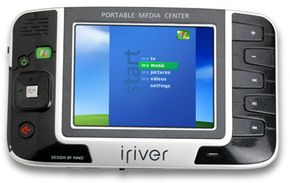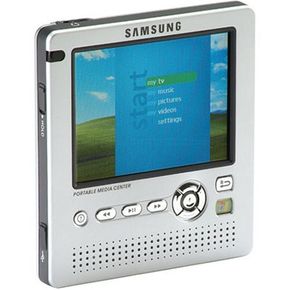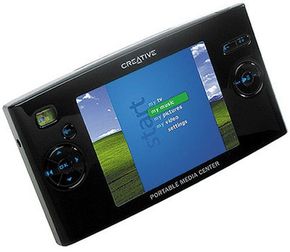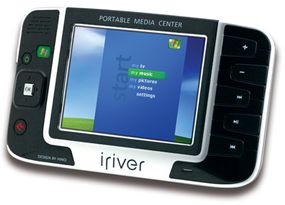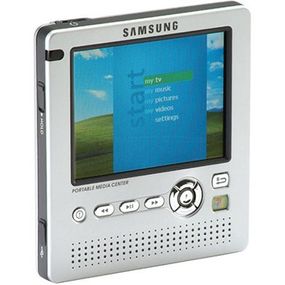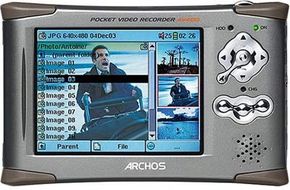In our increasingly mobile society, portability is king. Thanks to easy-to-transport, high-tech products such as cell phones, laptops, personal data assistants and portable MP3 players, many of the tasks that can be accomplished at home on a personal computer can now be done on the road.
With portable media centers, you can store and access nearly all of your digital entertainment files on a single, lightweight unit about the size of a paperback novel. They can handle recorded television programs, movies, home videos, music and digital photos. You can even connect a portable media center to a television or stereo using the A/V-out jack when portability isn't necessary.
Advertisement
In this article, you'll learn about the storage capacity and wide array of advanced features available in portable media centers.
Storage Capacity and File Types
Windows Mobile-based portable media centers currently feature 20-GB or 40-GB storage capacities and can store and play not only music and photos, but also video content. A portable media center with a 40-GB hard disk can hold up to 160 hours of video, up to 10,000 songs or tens of thousands of digital photographs. Archos currently offers non-Windows portable video player/recorders with similar capabilities to the Windows PMCs, but Archos' players feature up to 100 GB (400 hours of video) of storage.
File Types
Windows Mobile-based portable media centers support a wide variety of different file types, including the following:
- Microsoft Windows Media Video and Microsoft Photo Story files (.wmv and .asf) at a resolution of 320x240 pixels and a bit rate that is less than 800 kilobytes per second (Kbps)
- Microsoft Windows Media Audio files (.wma)
- MP3 audio files (.mp3)
- JPEG image files (.jpg, .jpeg, .jpe, .jfif)
- Microsoft Recorded TV Show files (.dvr-ms)
- MPEG movie files (.mpeg, .mpg, mpe, .m1v, .mp2v, and .mpeg2)
- Microsoft Windows Video files (.avi)
- Microsoft Windows Audio files (.wav)
Windows Media Player 10 has the built-in capacity to convert oversized Windows Media Video files and JPEG pictures into a format and size that the PMC can handle. Windows Mobile-based portable media centers are not compatible with iTunes music files.
Advertisement
